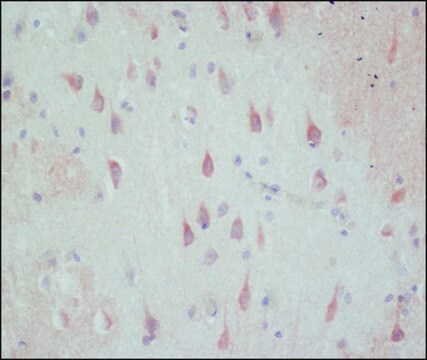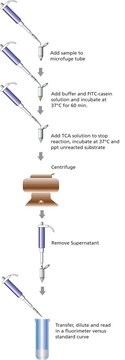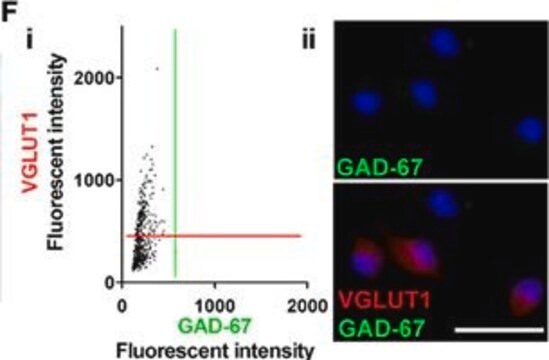MAB316
Anti-GABA Antibody, clone 5A9
clone 5A9, Chemicon®, from mouse
About This Item
Prodotti consigliati
Origine biologica
mouse
Livello qualitativo
Forma dell’anticorpo
purified antibody
Tipo di anticorpo
primary antibodies
Clone
5A9, monoclonal
Reattività contro le specie (prevista in base all’omologia)
mammals
Produttore/marchio commerciale
Chemicon®
tecniche
ELISA: suitable
immunohistochemistry: suitable
western blot: suitable
Isotipo
IgG1
Condizioni di spedizione
wet ice
modifica post-traduzionali bersaglio
unmodified
Informazioni sul gene
human ... GABRA1(2554)
Specificità
Immunogeno
Applicazioni
Immunoblotting not recommended due to low molecular wgt: 103Da.
Optimal working dilution must be determined by the end user.
Neuroscience
Neurotransmitters & Receptors
Stato fisico
Stoccaggio e stabilità
Risultati analitici
Myeloblasts, lymphocytes, erythroblasts
Altre note
Note legali
Esclusione di responsabilità
Non trovi il prodotto giusto?
Prova il nostro Motore di ricerca dei prodotti.
Codice della classe di stoccaggio
12 - Non Combustible Liquids
Classe di pericolosità dell'acqua (WGK)
WGK 2
Punto d’infiammabilità (°F)
Not applicable
Punto d’infiammabilità (°C)
Not applicable
Certificati d'analisi (COA)
Cerca il Certificati d'analisi (COA) digitando il numero di lotto/batch corrispondente. I numeri di lotto o di batch sono stampati sull'etichetta dei prodotti dopo la parola ‘Lotto’ o ‘Batch’.
Possiedi già questo prodotto?
I documenti relativi ai prodotti acquistati recentemente sono disponibili nell’Archivio dei documenti.
Il team dei nostri ricercatori vanta grande esperienza in tutte le aree della ricerca quali Life Science, scienza dei materiali, sintesi chimica, cromatografia, discipline analitiche, ecc..
Contatta l'Assistenza Tecnica.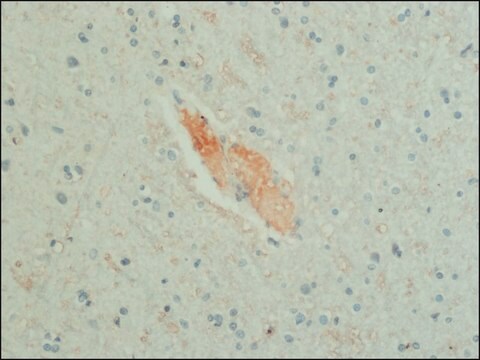

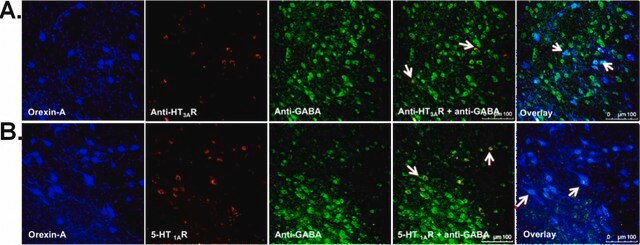
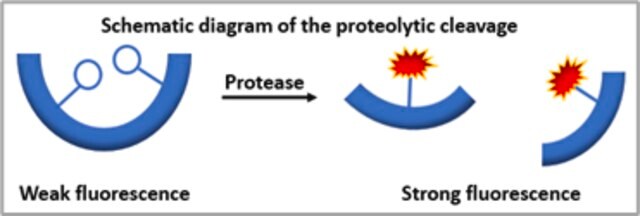
![StreptaWell™ (96 pozzetti, trasparente) pkg of 5 plates (11664778001 [12 x 8 well strips and frame]), pkg of 15 plates (11734776001 [96 wells])](/deepweb/assets/sigmaaldrich/product/images/120/082/4ba5a04b-f4d7-49e0-9467-40c6b3cbb9b0/640/4ba5a04b-f4d7-49e0-9467-40c6b3cbb9b0.jpg)
